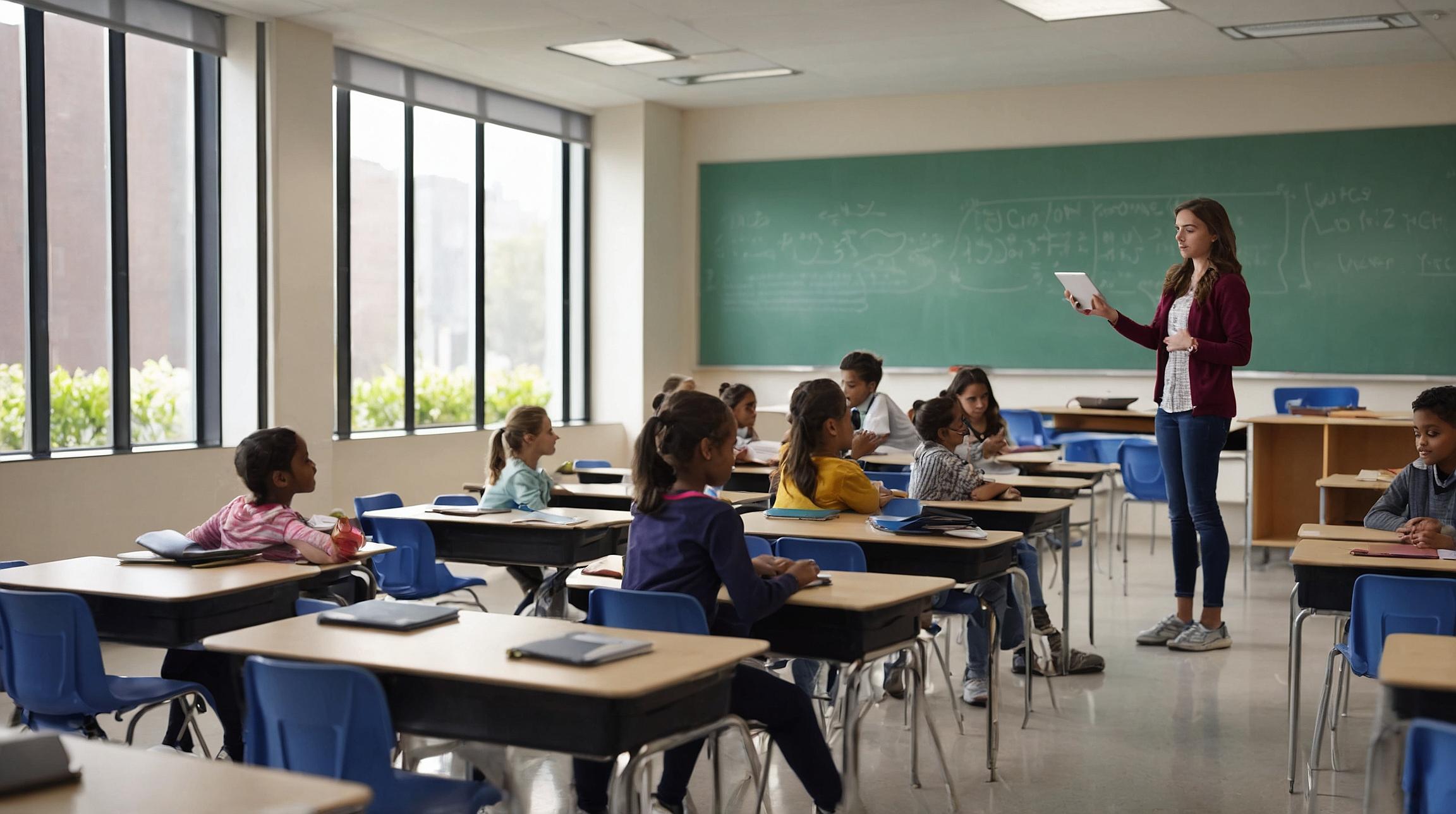Enhanced Learning Tools
Technology provides students with access to a wide range of educational tools. Digital textbooks are more interactive, incorporating videos, quizzes, and other engaging content. This keeps students interested and promotes better learning experiences. With online resources, students can access materials beyond traditional textbooks, such as specialized websites and courses, enhancing their educational opportunities.
For instance, a student struggling with math can use platforms like Khan Academy to watch video tutorials and practice problems at their own pace. This personalized aid helps improve their understanding and makes learning more effective.
Enhanced Teaching Methods
Teachers also gain significantly from technology. Smart boards create more dynamic and engaging lessons by displaying videos and diagrams, which help explain complex concepts. Educational software simplifies tasks like grading and lesson planning, allowing teachers to focus on teaching rather than administrative duties.
For example, a teacher can use Google Classroom to assign homework, grade it, and provide feedback—all from a single platform. This efficiency boosts productivity and allows more time for personalized student interactions.
Personalized Learning
With technology, learning becomes more personalized. Adaptive software allows students to learn at their own pace, adjusting difficulty based on their performance. This way, no student feels left behind, and each learning preference is catered to, whether visual, textual, or auditory.
According to a study, 74% of teachers report that technology enables them to tailor lessons to students' needs, making learning more accessible and effective.
Access to Remote Learning
Technology has revolutionized remote learning. Students can attend classes from anywhere using video conferencing tools, online assignments, and digital collaboration platforms. These tools ensure uninterrupted education, even when physical classrooms are unavailable.
For instance, during the pandemic, many schools used Zoom to conduct live classes, allowing teachers and students to stay connected.
Global Collaboration
Technology facilitates global collaboration among students. Online forums and social media allow discussions with peers worldwide, broadening cultural awareness and perspectives. Collaborative projects with international students develop communication and teamwork skills, preparing students for a global workforce.
Most students agree that such international projects enhance their understanding of different cultures, showcasing the diversity and scope technology brings to education.
Teacher Preparation and Development
Technology also supports teacher development. Online training programs and webinars help teachers learn new strategies and stay updated with educational trends. Platforms offering courses on classroom management and technology integration enhance teaching quality.
Statistics indicate that 92% of teachers find online courses improve their skills, and webinars facilitate the exchange of best practices globally.
Challenges and Solutions
While technology offers numerous benefits, it also presents challenges, such as digital inequality. Not all students have access to devices or the internet, which schools and governments should address by providing the necessary resources.
Cybersecurity is another concern. Schools must protect students' data by implementing robust security measures. Additionally, teachers need training to use technology effectively, ensuring seamless integration into their teaching methods.
Moreover, balancing digital resources with traditional methods can prevent information overload, creating an optimal learning environment that maximizes the effectiveness of education.
Technology has the power to revolutionize education, upgrading learning tools and teaching methods while offering personalized and global educational opportunities. Despite challenges like digital inequality and cybersecurity, the benefits are substantial, ensuring a brighter future for all students.













